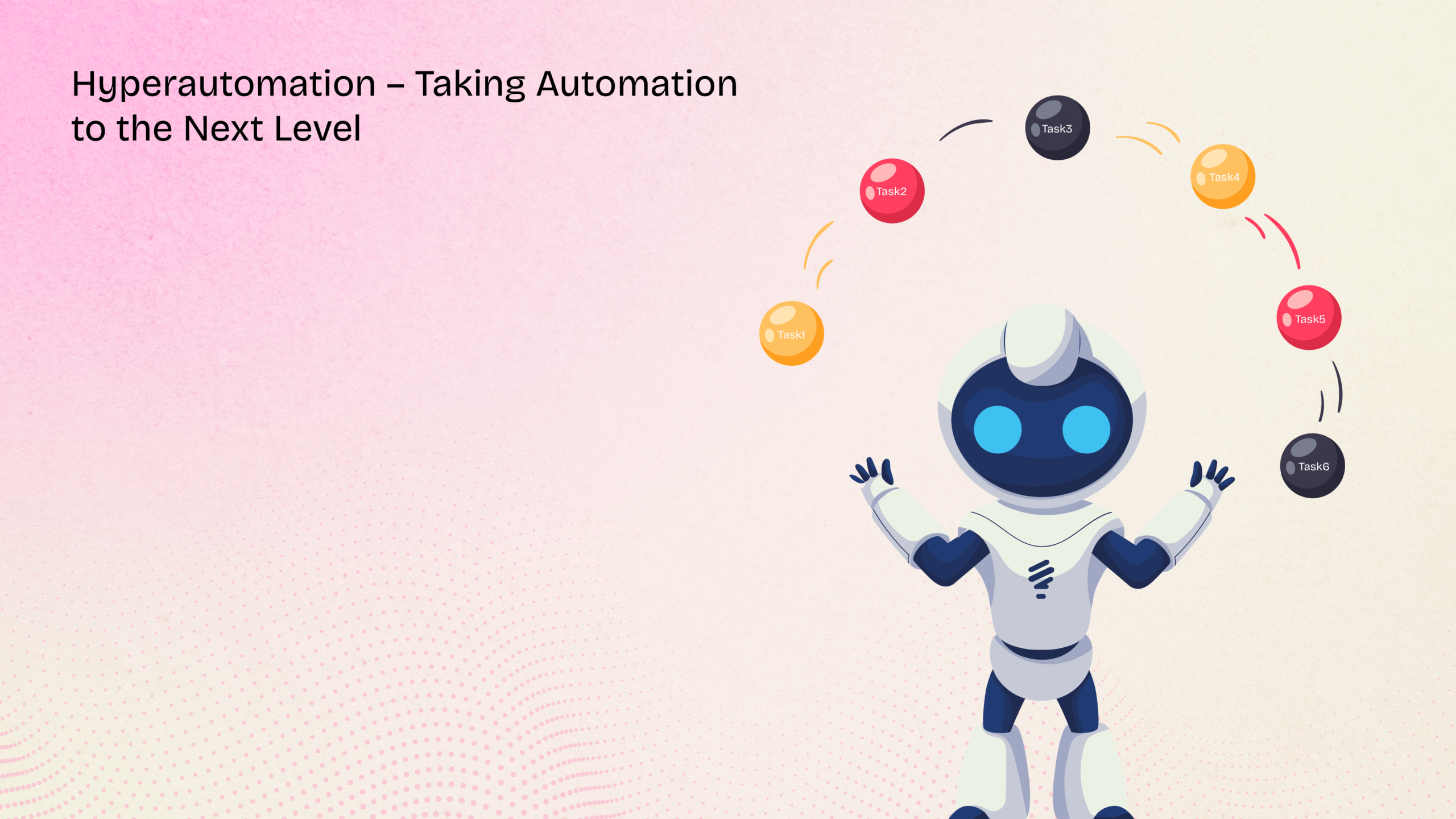Introduction
Lentera Technologies was contacted by a prominent financial services organization to resolve inefficiencies in their operational procedures. Even after investing in workflow management technologies and robotic process automation (RPA), the client continued to experience manual bottlenecks, disjointed systems, and compliance issues.
They aimed to accomplish end-to-end process change that could scale across departments, going beyond simple automation.
The Challenges
Despite having already implemented a certain amount of automation, the customer encountered several significant challenges:
1.Siloed Automation: The lack of a standardized platform made monitoring and optimization difficult.2.Manual Decision Points: Even automated workflows required human interaction at critical times, slowing down operations.
3.Data Overload: Large volumes of structured and unstructured data were underutilized, making it challenging to get real-time insights.
The Solution – Using LENTERA Tech for Hyper Automation
LENTERA Technologies created a Hyper Automation platform by combining RPA, AI/ML, and advanced analytics to achieve complete end-to-end automation.
1.Discovery & Process Mining2.Large-Scale Robotic Process Automation (RPA)
3. AI-Powered Decision Making
4. Intelligent Document Processing (IDP)
Reduced processing time from days to minutes with automated data extraction and verification from contracts, invoices, and compliance documents.
5. Unified Dashboard & Compliance Automation

Business Impact
1.Process Efficiency: RPA was used to automate repetitive manual activities, lowering errors and allowing teams to concentrate on higher-value work.2.Intelligent Decision-Making: Using AI and machine learning to provide predictive analytics and real-time insights to help businesses make quicker, more informed decisions.
3.Connected Workflows: Integrated customer support, IT, finance, and human resources procedures into a smooth automation framework to enhance teamwork.
4.Regulatory Confidence: Accuracy is ensured and regulatory risks are decreased with automated compliance reporting and audit-ready paperwork.
5.Cost Optimization: Reduced operating expenses by scaling automation across departments and getting rid of inefficiencies.
6.Scalable Architecture: Future-ready systems that readily adjust to new rules, laws, and demands for corporate growth.
7.Improved Customer Experience: Automated support and service procedures allowed for quicker replies and more individualized conversations.
Why LenteraTech?
By combining AI, RPA, and analytics into a single solution rather than separate solutions, Lentera Technologies distinguishes itself in the hyperautomation journey.
1. Complete Enablement: from process identification to automation implementation and tracking.2.Industry-Specific Expertise: Adapting hyperautomation to manufacturing, healthcare, financial services, and other sectors.
3. Future-Ready Architecture: solutions that adapt to changing legislation and corporate expansion.
4. Scalable Transformation: Expanding hyperautomation from finance and compliance to HR, IT operations, and customer service for enterprise-wide impact.
5. Decision Intelligence: Leveraging real-time analytics and predictive insights to shift from reactive to proactive decision-making.
6. Business Resilience: Building flexible architectures that adapt to regulations, integrate with new technologies, and support rapid growth.
Conclusion
Through the use of Hyper Automation, this case study illustrates how business operations may be transformed into fully intelligent, end-to-end workflows. By working together, companies can fully utilize hyperautomation and achieve scalability, accuracy, speed, and compliance all at once. To learn how Hyperautomation can help you accelerate your digital shift, visit info@lentera.in.




